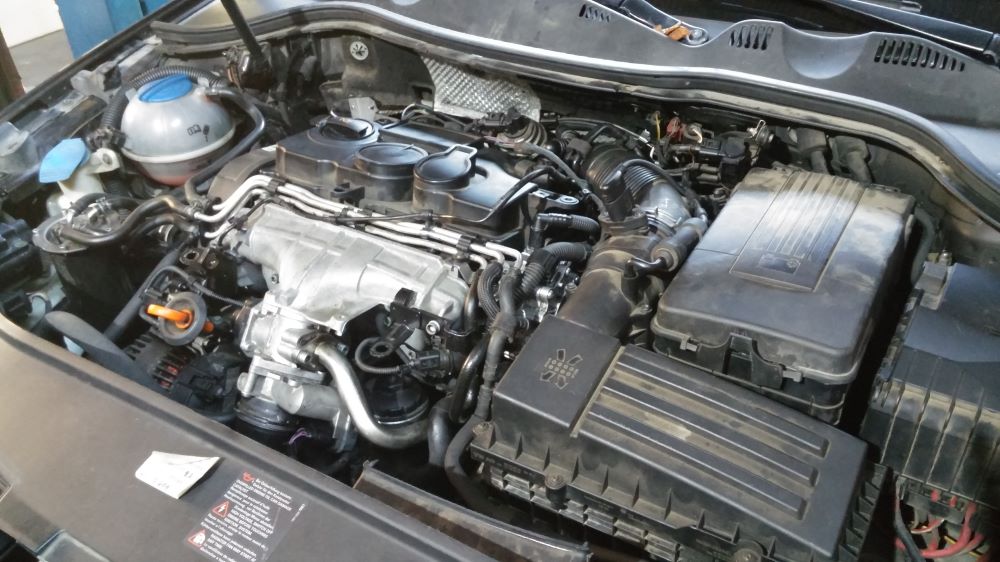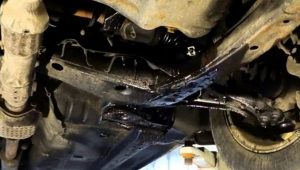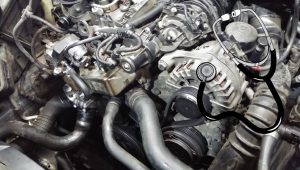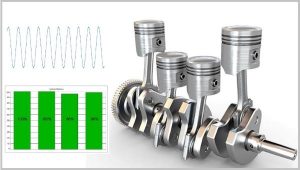Engine mechanical testing
Engine mechanical testing is a series of tests to assess engine conditions. First, tests have been performed that cover the entire engine, and then, with the elimination system, we narrow the scope of the test until a malfunction is detected, which is the cause of poor engine operation. The test begins with a visual inspection for leaks that can reveal worn seals and gaskets on the engine. An engine sound test is then performed during start-up and operation where irregularities due to a change in sound can be observed. After that, the engine is tested using tools and measuring equipment for more precise condition diagnostics and fault detection.
The engine runs stably and efficiently only if the mechanical condition of the engine is good. All engine components must be in good condition and seal well. If elements such as pistons, piston rings, cylinder walls, valves and head gaskets do not seal, the engine is malfunctioning.
Engine instability can be caused by a system mismatch and only additional adjustment is sufficient to improve engine performance. But often additional settings cannot stabilize the operation of the engine because the cause is poor sealing of some components. When the valve burns out the valve adjustment alone cannot fix the poor operation but must be replaced. Therefore, when the engine is malfunctioning, it is necessary to perform an engine operation test to determine the cause of the malfunction.
This section describes the procedures for mechanical testing and assessing the condition of the engine.












